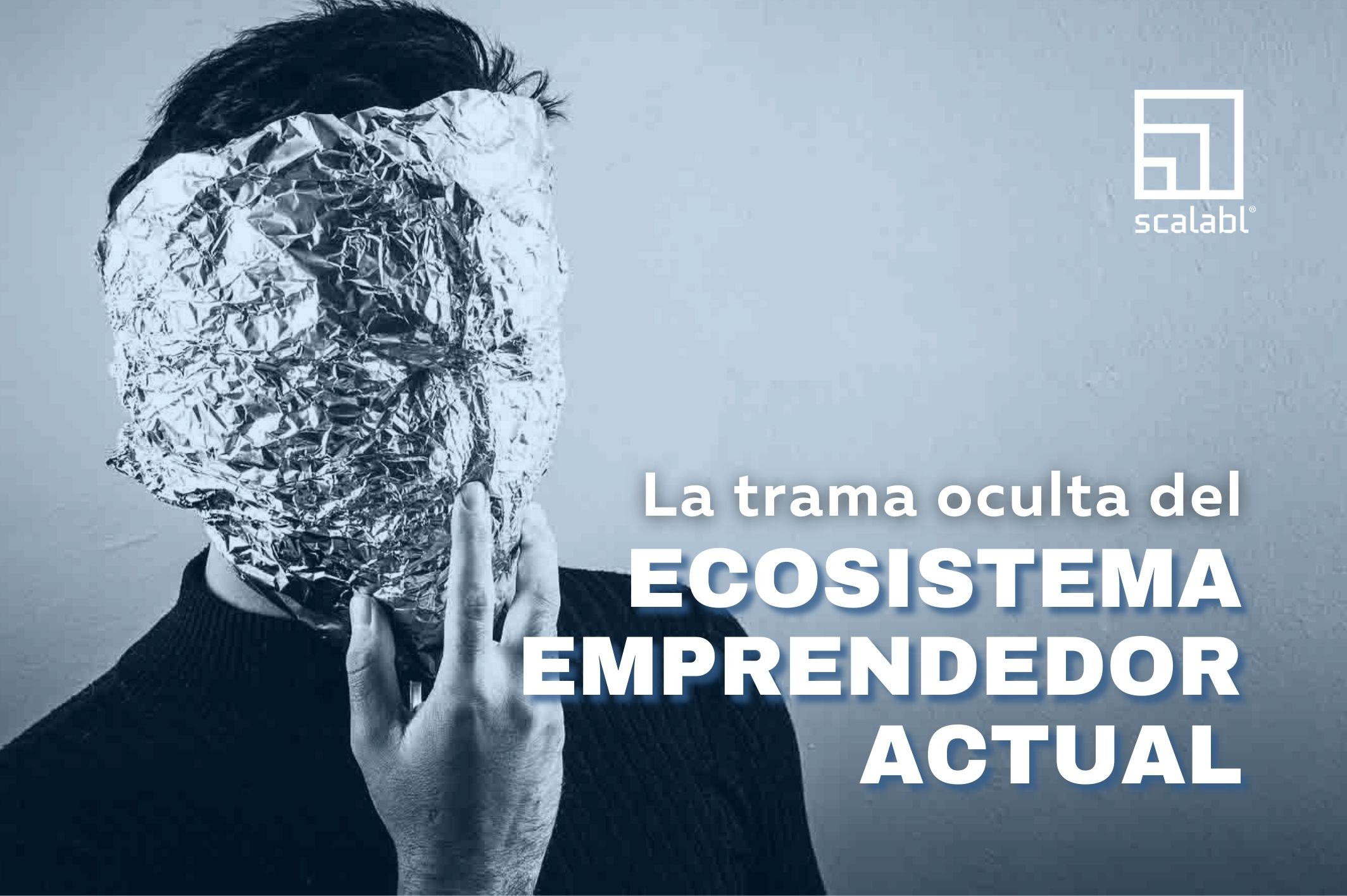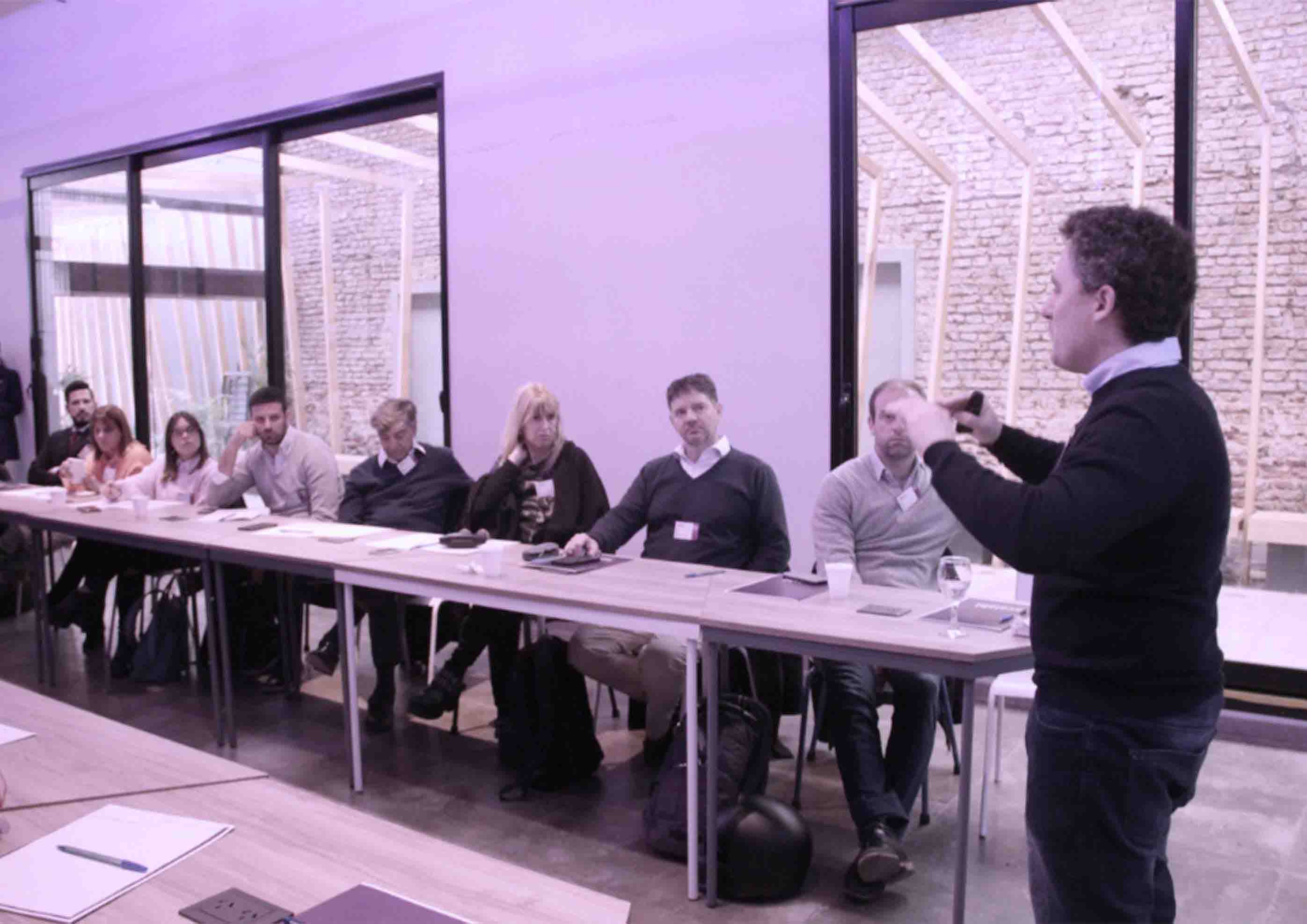

from Alexander Osterwalder & Yves Pigneur
In "Business Model Generation," authors Osterwalder and Pigneur revolutionize strategic business planning with the Business Model Canvas, addressing 9 key components such as Customer Segments, Value Propositions, and Revenue Streams. This guide is essential for entrepreneurial leadership, resonating with intrapreneurship and business model innovation, crucial elements in today’s corporate strategy landscape.
"Your business model isn't a static document to be written once and forgotten. It should be a dynamic tool that evolves and adapts with your business." Osterwalder and Pigneur, Business Model Generation
BRIEF BOOK SUMMARY
Business Model Generation" by Osterwalder and Pigneur is an innovative guide that fundamentally changes how business models are developed and analyzed. At the heart of the book is the Business Model Canvas, a strategic tool that visually maps out nine essential aspects of a business model: Customer Segments, Value Propositions, Channels, Customer Relationships, Revenue Streams, Key Resources, Key Activities, Key Partnerships, and Cost Structure.
The book is invaluable for both startups and established businesses, providing a framework to understand, design, and refine business models to be adaptable, sustainable, and responsive to market dynamics. The authors emphasize the interconnections between the different elements of the Canvas, showing how they collectively contribute to a business's success.
Osterwalder and Pigneur offer practical strategies and real-world examples, exploring various business model patterns like "Unbundled Business Models," "The Long Tail," and "Multi-Sided Platforms." These patterns serve as adaptable templates for different industries, showcasing the book's wide applicability.
Moreover, the book delves into the impact of technological advancements on business models, highlighting digital transformation's role in reshaping how companies operate. It addresses the challenges of globalization and the importance of cultural sensitivity and adaptability in different markets. The concept of network effects, particularly for digital and platform-based businesses, is explored, emphasizing the potential for exponential growth through robust networks.
The authors also discuss sustainability and social responsibility in business models, arguing that modern businesses must be profitable while being socially and environmentally conscious. This perspective resonates with contemporary entrepreneurs who value corporate responsibility.
"Business Model Generation" emphasizes the continuous evolution of business models, advocating for agility, ongoing learning, experimentation, and innovation. It provides a comprehensive guide for understanding, designing, and implementing dynamic business models essential for today's rapidly evolving business landscape.
In summary, "Business Model Generation" is a must-read for modern entrepreneurs, business leaders, and innovators. It offers more than a guide to understanding business models; it's a strategic tool for designing and implementing them in an ever-changing business world. The insights provided are crucial for anyone looking to navigate the business landscape with agility and strategic foresight.
WHY SHOULD YOU READ THIS BOOK?
With great conviction I sustain the veracity of the audacious statement of the authors: “You´re holding a handbook for visionaries, game changers, and challengers striving to defy outmoded business models and design tomorrow´s enterprises”. I also affirm that the correct use and understanding of the concepts and tools presented in this book are of vital importance today for anyone who wants to grow successfully in business.
My first contact with the Business Model Canvas was in 2014, during an Innovation and Entrepreneurship program at Stanford University. I was dazzled. Since then, it has been responsible for a great deal of transformation and growth, changing my way of thinking and developing business radically.
Led by Alexander Osterwalder and Ives Pigneur and co-created with 470 practitioners in 45 countries, Business Model Generation and its main tool, the Business Model Canvas, have facilitated and turned possible the rapid advance of powerful methodologies such as Customer Development (Steve Blank and Bob Dorf) and Lean Startup (Eric Ries). I consider that together with the advance of exponential technologies, we can link the rapid process of disruption that we can see in a great number of industries mainly to these contributions. The real disruption is not technological but business model-based, and it is that point that makes this book so powerful.
The knowledge and tools in this book apply both to startups and major corporations that are facing today a complex process of continuous reinvention to survive. The real challenge is to build an organizational structure capable of allowing the execution of the current business model while generating the models of the future: business units or redefining the whole company. Business Model continuity is today more reduced than ever, and this difficulty or opportunity is only going to accelerate.
One of the main paradigm changes takes us from a business plan made out of certainty, useful for a Company with knowledge of its products and consumers, to a world where we recognize uncertainty. There, the Business Model Canvas allows us to formulate clear hypotheses (or guesses) and validate these uncertainties quickly and effectively, “getting out of the building” to discover our customers. In just 9 blocks, starting from the needs, pains, and gains of our customers, it allows us to visualize every component necessary to offer value, capture part of it, and generate a profitable Company. It facilitates the good practice of reducing risks before execution and raising investment and helps to analyze permanently the consistency between different parts of the business.
The authors have the incredible skill of driving complexity into simple and visual tools allowing any person to access and utilize the power of these concepts. Their talent is undiscussable and their passion and capacity for knowledge generation seems to never stop. They design relevant, intuitive tools without losing sight of the complexities of organizations. After reading this book I consider that reading “Value Proposition Design” is also fundamental.
A standout aspect of the book is its focus on customer centrality and value creation. It incorporates the Jobs to Be Done theory by Clayton Christensen and Anthony Ulwick, among other concepts from classic books like "Blue Ocean Strategy." Methodologies such as Steve Blank's Customer Development and Eric Ries's Lean Startup have incorporated the tool. Ash Maurya has used it as a basis to create the Lean Canvas. I have done the same, inspired by all the aforementioned authors and others for the Scalabl® Methodology.
The content and tools of this book, used by millions of people around the world, have become an important part of the entrepreneurial and intrapreneurial language. With a quick look at the Business Model Canvas, the trained reader can understand and contribute to other initiatives. It is an ideal tool to co-create, to build together, to open the game to many participants and talents.
The book encourages always thinking beyond traditional boundaries, exploring new markets, and creatively leveraging your existing assets. "Business Model Generation" by Alexander Osterwalder and Yves Pigneur is a resource you will return to time and again, in the book or, better yet, in practice. It equips you with the tools and mindset needed to thrive in the dynamic world of business, making it a vital addition to your professional library: the first piece of a puzzle that will begin to be completed.
"Business Model Generation" by Alexander Osterwalder and Yves Pigneur is an essential read. The essence of the book lies in its practicality, inviting the creation of new business models and the reformulation of existing ones through the use of the Canvas.
Francisco Santolo
OTHER RECOMMENDED BOOKS
"The Lean Startup" by Eric Ries
This book complements "Business Model Generation" by focusing on lean principles in startups. Ries emphasizes the importance of agility and rapid iteration in business development, concepts that align well with Osterwalder and Pigneur's emphasis on adaptable business models.
"Value Proposition Design" by Alexander Osterwalder, Yves Pigneur, Gregory Bernarda, and Alan Smith
Written by the same authors, this book delves deeper into one of the key components of the Business Model Canvas – the value proposition. It provides tools and insights for creating compelling products and services, enhancing the lessons from "Business Model Generation."
"Blue Ocean Strategy" by W. Chan Kim and Renée Mauborgne
This book explores the concept of creating new market spaces (Blue Oceans), which is highly relevant to the innovative and disruptive approach to business modeling discussed in "Business Model Generation." It offers a strategic framework for moving away from crowded markets (Red Oceans) and creating new demand.








